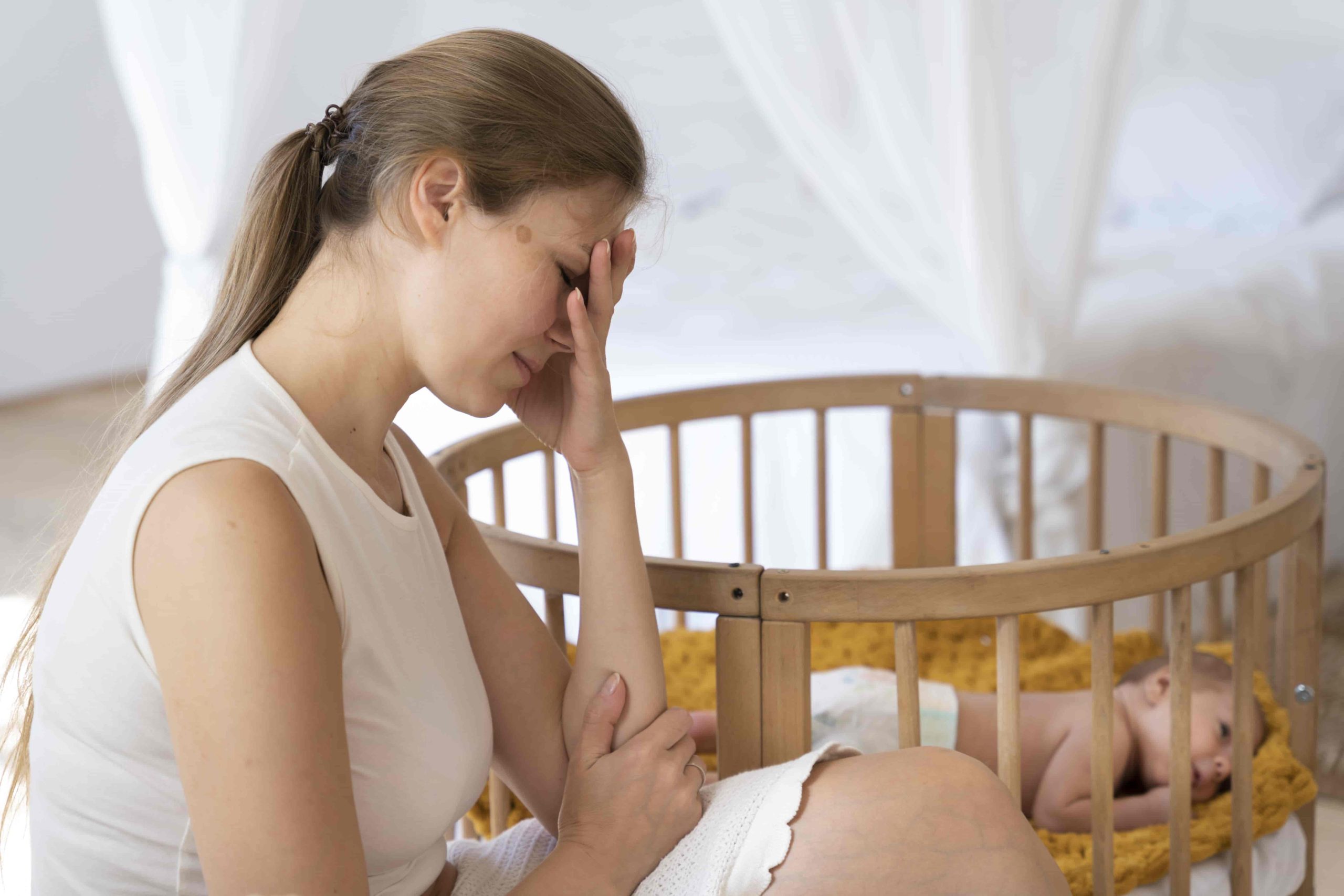Right after nine months of growing another human being inside you, you’re met again with another set of symptoms to deal with.
Your body went through a lot of changes throughout pregnancy, and a lot of challenges during labor and delivery. So it’s going to need some time to rest and recover.
Postpartum recovery doesn’t take just a few days. It could take you a few weeks or months for you to be fully recovered. Here are some of the most common symptoms you might experience during that time.
Abdominal pains
You’ll likely experience abdominal pain. It’s called “afterpains,” and it’s caused by the shrinking of your uterus back to its pre-pregnancy size. Afterpains often last for 7-10 days, and tend to be the strongest on the 2nd or 3rd day postpartum. It may be more painful when you’re breastfeeding your baby.
What to do
In most cases, applying a heating pad or hot water bottle helps ease the discomfort. There are also nonsteroidal anti-inflammatory drugs that are safe for breastfeeding women. Better ask your OB-GYN before taking any medication for the pain.
Perineum soreness
The perineum is the area between the vulva and anus. It can swell or even tear during childbirth. It may be painful for 7-10 days as you heal, and remain sore for several weeks.
What to do
Always keep your perineal area clean. You might want to use a spray bottle to rinse your perineum with warm water after using the toilet. Having a warm sitz bath or sitting on an ice pack for 10 minutes several times a day may also help with the discomfort.
Call your doctor immediately if the pain doesn’t seem to lessen, you get a fever, or you see pus or blood in the area.
Sore and tender breasts
Whether you intend to breastfeed or not, it’s normal for your breasts to be tender, swollen, sore, and hard a few days postpartum. But breastfeeding will help in easing the discomfort.
Severe breast engorgement should subside in a few days. If the soreness persists, it might be because your baby isn’t latching properly.
What to do
Applying cold compress may help soothe the pain. When breastfeeding, gently massage your breasts for better milk flow. Get in touch with a lactation consultant or a maternity nurse if you’re having trouble making your baby latch properly.
Stitches
Stitches from a cesarean birth (C-section) may heal at varying degrees. The stitches in the skin may take 5-10 days to heal. Meanwhile, the underlying stitches in the muscle layer may take up to 12 weeks to heal.
It’s normal to experience some numbness and itching around the stitches. But better keep your hands off so you avoid more pain or infection.
What to do
Take your pain relievers as directed by your doctor. Avoid lifting heavy objects for the first few weeks after the C-section, and wait for your doctor’s go signal when you can start easing into physical activities. Watch out for signs of infection such as redness, pus, blood, and fever.
Bleeding
It’s normal to experience postpartum bleeding (lochia), whether you had a normal delivery or C-section. Your body is eliminating extra blood, tissue, and mucus it needs to grow and nourish the baby.
The flow is bright red and heavy for the first 3-10 days, then it will taper off. It will eventually become pinkish, then turn white or yellowish. Expect to experience light bleeding and spotting for up to six weeks.
What to do
Use sanitary pads only. Tampons could introduce bacteria and cause infections in your recovering vaginal canal. You could eventually use panty liners as the bleeding gets lighter.
If you’re filling two pads in an hour for more than an hour or two, you should consult a doctor immediately. It may be a sign of postpartum hemorrhage, which is a kind of bleeding that needs medical attention as soon as possible — but don’t panic! If you are experiencing such symptoms, take the necessary measures to make sure you are treated by an expert.
Hemorrhoids
Hemorrhoids are swollen veins in and around the rectum or anus. You may have developed them during pregnancy or delivery, as you push out your baby. Pain and bleeding after bowel movement are often experienced when you have hemorrhoids.
What to do
To relieve swelling and discomfort, apply an ice pack for 20 to 30 minutes, several times a day as needed. A sitz bath in warm or iced water may also help.
There are also over-the-counter medications such as witch hazel and hemorrhoids ointment. Some may also benefit from taking stool softeners to avoid constipation, but always consult a doctor first before taking any kind of medication.
If your hemorrhoids are making it hard for you to sit comfortably, sitting on a donut-shaped cushion may make it easier for your achy bottom.
Constipation
It’s common to be constipated after childbirth. And it may take a few days for your bowel movements to be regular.
You may be constipated because of your pain-relieving medications or if you were given anesthesia for a procedure. But sometimes, it may just be brought on by your fear! Maybe you’re afraid that your perineum pain will be aggravated, or your hemorrhoids will flare up.
What to do
Drink plenty of water and consume fiber-rich foods such as whole grains, fresh fruits, and veggies. Consult a doctor if you still haven’t had a bowel movement four days postpartum.
Sources:
Postpartum Pain Management. (n.d.). Newton-Weslley Hospital. https://www.nwh.org/patient-guides-and-forms/postpartum-guide/postpartum-chapter-2/postpartum-care-pain-management
Recovering from Delivery (Postpartum Recovery). (n.d.). Family Doctor. https://familydoctor.org/recovering-from-delivery/
Vann, M. (November 10, 2010). How to Manage Pain After Pregnancy. Everyday Health. https://www.everydayhealth.com/pain-management/pain-after-pregnancy.aspx
Pallarito, K. (September 15, 2021). Postpartum Symptoms and Solutions. What To Expect. https://www.whattoexpect.com/first-year/postpartum-symptoms.aspx#symptoms



